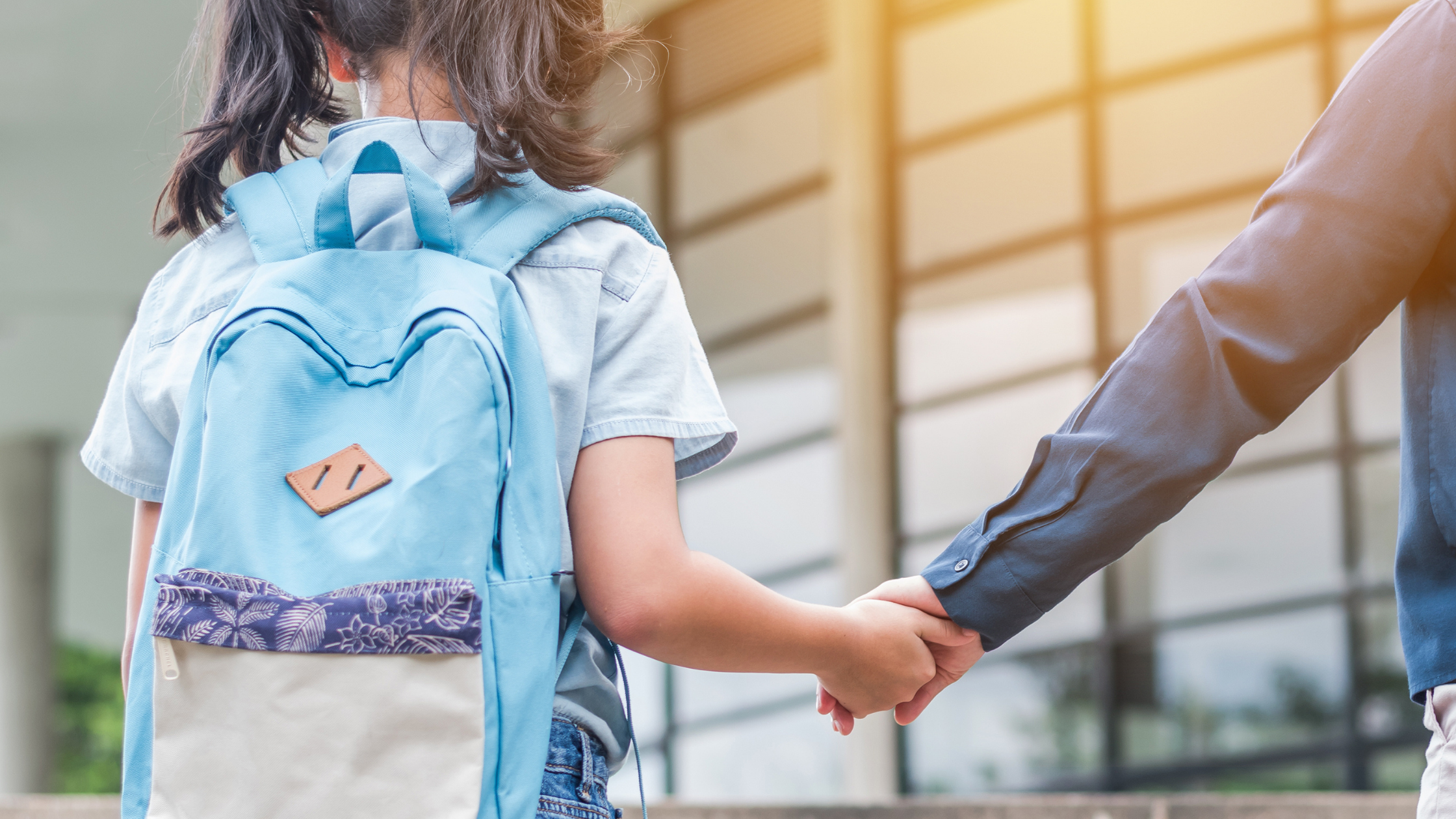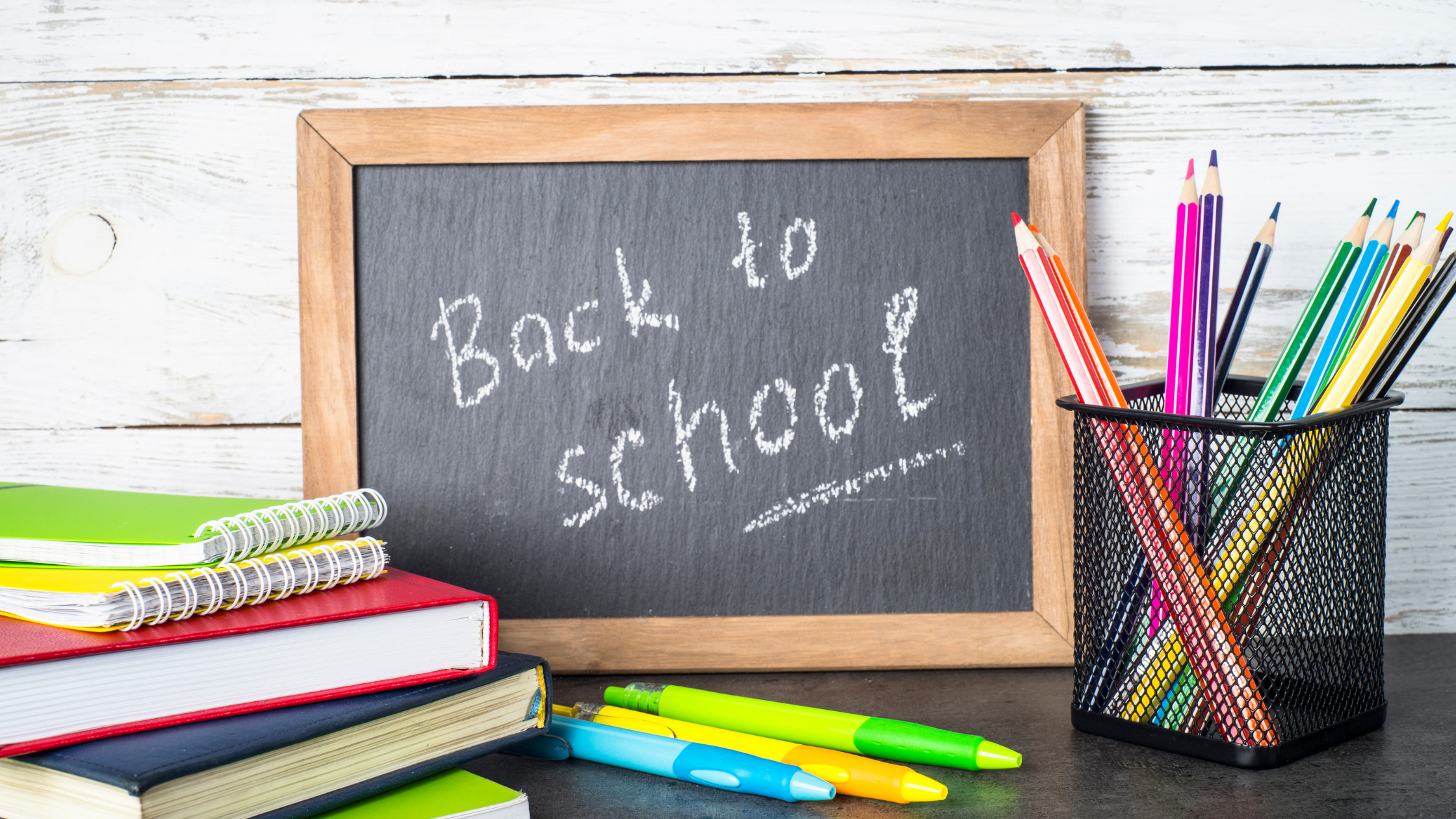After a tumultuous 2020 and the implementation of online learning for many students, which impacted nearly every aspect of our children’s lives, there are a lot of questions and concerns still lingering. Is my child ready to go back to school full time? What happens if another wave hits? What can I do to make sure their transition back goes as smoothly as possible?
Many schools had remote classes or hybrid learning options during the 2020-2021 year to keep students and staff safe by minimizing exposure to COVID-19. Now, as schools ramp up for the new school year, more districts are prepared to leverage hybrid curriculums or return fully in person with plans in place to prepare for a possible return to remote learning.
But as good as it is to have a plan, every parent needs reassurance that their children are safe and happy while they’re learning. When some schools opened their doors earlier in the year, the results were surprisingly encouraging:
- One parent observed that their child was so much happier being back in a structured school setting and was so excited about returning to school that they ran out the door before they even had time to brush their teeth.
- Many parents claim that in-person school has brought structure and a close bond with the teachers and support staff helping their child in class.
- A speech-language pathologist finds that students practice new communication skills when their classmates are nearby. When they can quickly get a response from a peer, it is "automatic reinforcement".
- One mother claims that her daughter's reading, speech, and social skills have improved dramatically since returning to classes.
Ramping Up the Routine
As schools start preparing to reopen in September, one of the crucial things a parent with children with learning differences can do is request a meeting with their child's academic advisor or their IEP (individualized education program) team. Discuss your child's present performance level and ensure your children's educational needs are being met.
Several school districts have already opened for some classroom learning; even those that have not reopened are optimistic about bringing students with learning differences back for more than two days a week. That means a much-anticipated return to the in-person instruction and routines that many students have not received since the lockdown began.
Mixing it Up
Students and teachers realize that the lockdown has acutely impacted services and in-class instruction with hybrid schedules, shorter school days, and new safety and health restrictions. Parents are questioning the possibility of long-term impact for students with learning differences.
Every day of learning is critical to these young people—even with hybrid models, precious intervention time is being lost.
According to interviews with educators and parents of children with learning differences, some teachers now find it simpler and quicker to fulfill student's needs. Some parents believe it is making a real difference.
An educator who teaches middle and high school students says he now finds it easier to work with student's reading assignments on paper, in person, line-by-line, while sitting just a few feet away—and he claims to be getting better at reading non-verbal cues.
Another paraeducator claims that he is more successful with classroom break-out sessions for one-on-one support than he did with a virtual break-out room.
However, things have not exactly returned to normal. Having to wear masks and social distance, plus remote learning, can be challenging for most students, especially those who benefit from visual cues, kinesthetic exercises, or peer-to-peer collaboration. Having their social interactions restricted to an online space can be discouraging. Even with the most valiant efforts by educators, many students were missing out on valuable opportunities for personal growth, self-expression, and socialization—key factors in Social Emotional Learning (SEL).
Taking Action
All children, regardless of their learning difference, have basic needs. Love, support, and encouragement, to start. Positive reinforcement helps them develop a strong sense of self-worth, determination, and confidence. Look for ways to help them help themselves.
The way you respond to challenges makes a significant impact on your child—it can give your child confidence and hope that things can improve and that they will succeed.

Keep things in perspective
Learning differences are not insoluble. Everyone faces obstacles. Your goal should be to teach your child how to deal with those obstacles without becoming overwhelmed or discouraged. You can accomplish this through plenty of moral and emotional support.
Be your own SME
Becoming a Subject Matter Expert (SME) on issues close to home takes you a step closer to identifying their solution. Perform due diligence and stay well-informed of new programs, developments, therapies, and educational techniques. YOU are the foremost expert on your child—so take charge when it comes to finding the tools they need to learn.
Advocate for your child's education
Be proactive and embrace your role. Remain calm and focused—but firm. You may have to speak up again and again to get your child the help they need. Through knowledge and resilience, you can identify support services your child may be eligible for. It’s important to note that, if there is demonstrated need, the law requires schools to develop an Individualized Education Plan (IEP) that delivers some educational benefit. Learn and understand the special education laws and your school's guidelines in your district to get the best support for your child.
Your guidance outweighs all others
Your child is more likely to embrace your perspective and follow your lead if you approach learning challenges with hard work, optimism, and a sense of humor. Find out what works for your child and implement it to the best of your ability.
Focus on your child's strengths
Nurture the activities they excel at and make plenty of time for them. Take charge of your child's education. Your role in your child's education is more important than ever.

Getting Ready to Get Back to School
- Help your child develop their strengths and passions. Encourage them to build self-awareness while you build up their confidence.
- Create a safe space for communication. Whether they’re having trouble with a friend or choosing an outfit, make sure your child knows they’re heard and can count on you.
- Recognize (and reward) the effort, not the outcome. Too often, kids get hung up on whether or not they did a good job when the most valuable part was learning a new thing. Perseverance is always praiseworthy.
- Lead by example, especially with the small stuff. A good way might be to set goals for your family and work together to achieve them.
- Highlight healthy lifestyle habits, encouraging them to spend time outside and even pick up a good book instead of doing something in front of a screen.
About Eagle Hill School
Eagle Hill School is a private school for students with learning differences located in Greenwich, Connecticut. Their academic program is designed to help students struggling with learning differences like auditory processing disorder, dyscalculia, dyslexia, ADHD, executive functioning disorder, and dysgraphia. Specialized remedial learning programs are taught by experienced teachers who help students navigate through learning challenges, preparing them for bright futures ahead.


